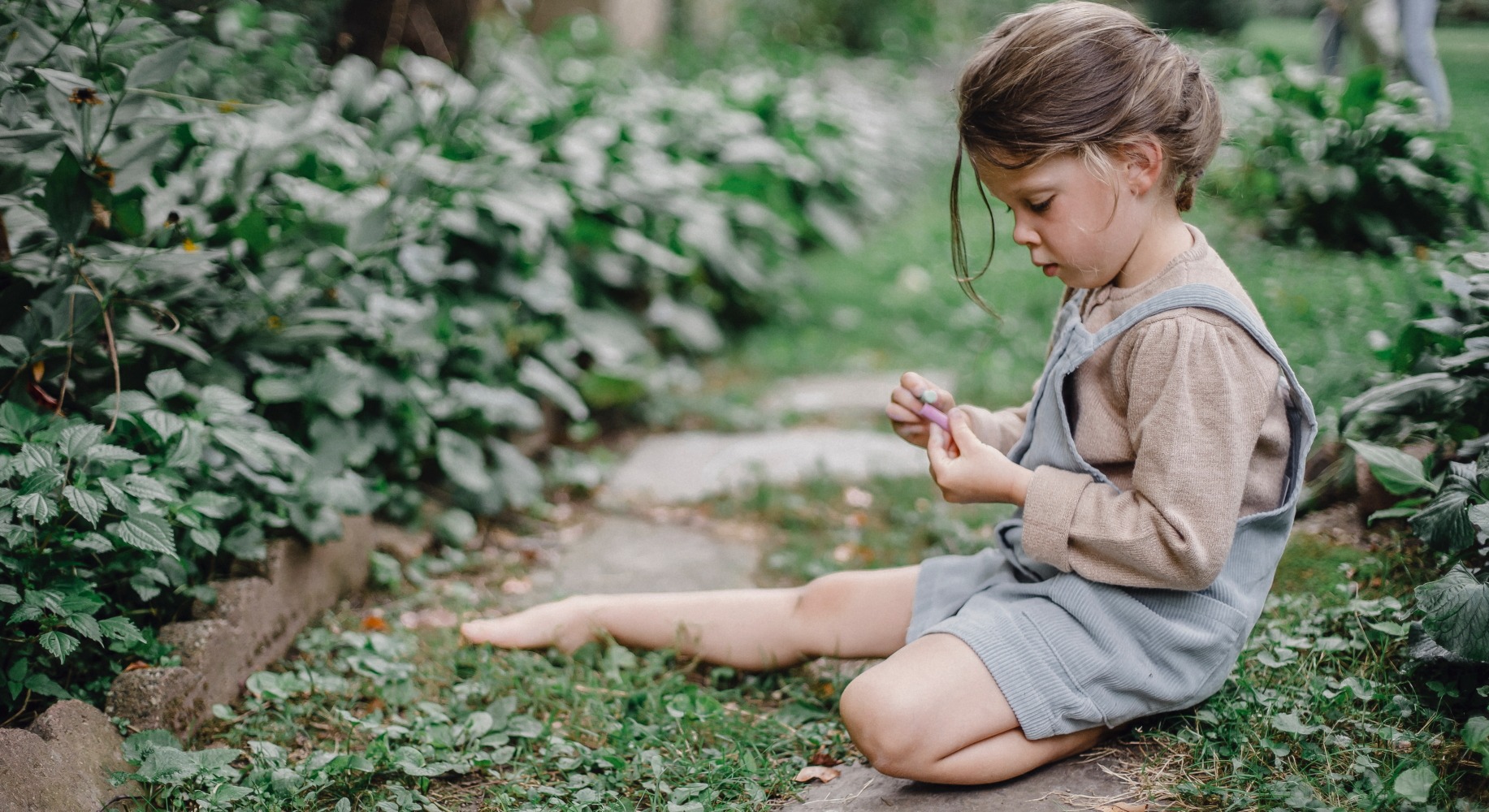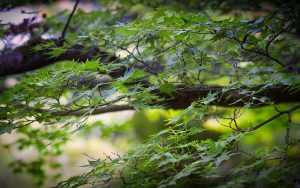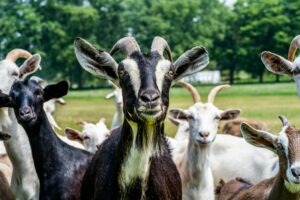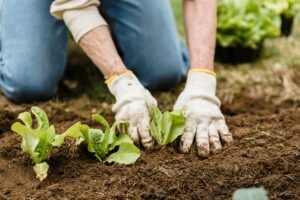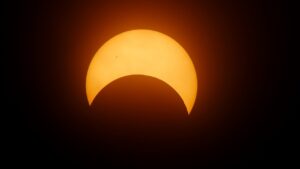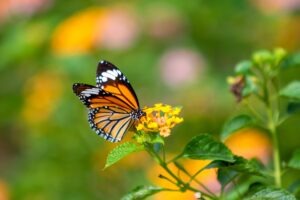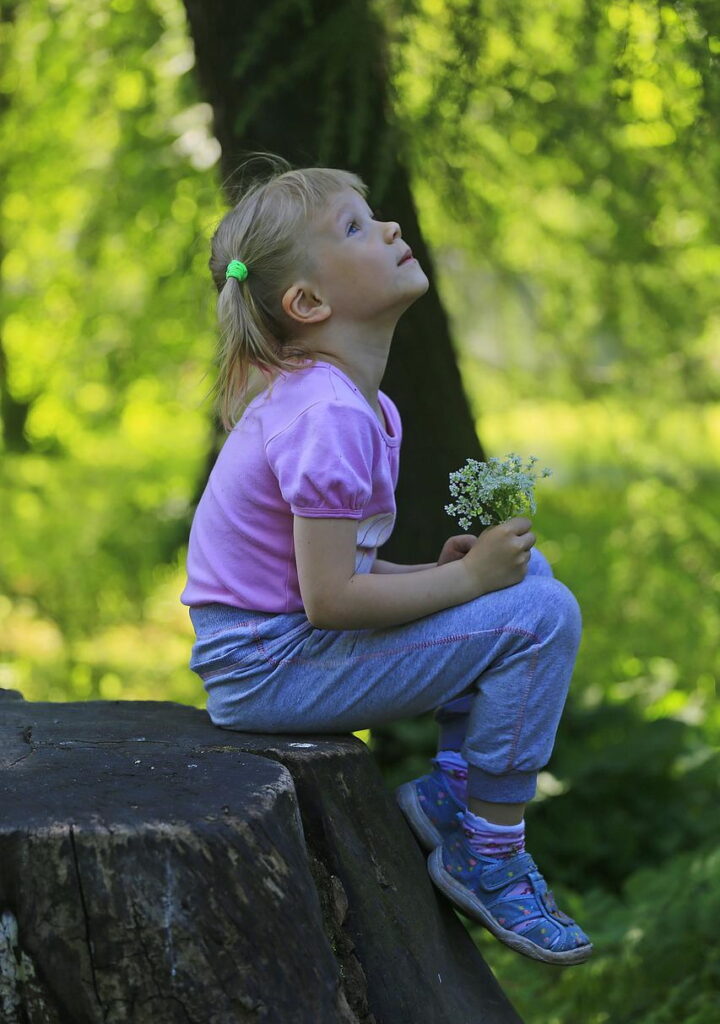
The scientific method begins with observation, yet observation isn’t often taught. Parents and teachers assume that students know how to observe without explaining that observing isn’t simply looking. It’s a way of engaging with the natural world that employs multiple senses, draws on existing knowledge and raises questions for further discussion.
FWBG | BRIT educators make it a priority to teach children of all ages how to observe, and it’s an activity that parents and care-givers can easily share at home. “These concepts can be adapted for kids at all levels,” says Anna Sorelle, FWBG | BRIT innovation learning manager for special programs. “It’s a way to move beyond superficial observations to real engagement with the natural world.”
As you play and learn this summer, consider incorporating these three steps to improve the observation skills of the entire family.
Step 1: I notice . . .
The fictional detective Sherlock Holmes once said, “I see no more than you, but I have trained myself to notice what I see.” We often go through the world without paying particular attention to what is around us. This step encourages kids to stop and examine what they see.
Observations are what you notice in the moment, not what you already know. Saying “I notice I’m holding a leaf” isn’t a true observation because you already know you’re holding a leaf. Observations should also avoid drawing conclusions. “I notice this leaf has been eaten by bugs” isn’t a true observation unless bugs are eating the leaf at that moment. An observation might be, “This leaf has multiple holes,” or “This leaf is yellow with jagged edges.”
Families can take turns making observations about objects found in nature. Try not to shut down any observations but ask for explanations or expansions. Make your own observations increasingly detailed and prompt children to do the same. Consider using tools such as magnifying glasses or binoculars to expand what you can see and use senses other than sight. What can you hear, feel or smell?
Step 2: I wonder . . .
This next step encourages children to ask questions about what they’ve observed. The prompt “I wonder” invites them to imagine possibilities.
For example, “I wonder . . . ” questions might include “I wonder how long this leaf has been on the ground?”, “I wonder if any insects have walked across this leaf?”, or “I wonder which plant this leaf came from?”
New “I notice . . . ” statements might be generated during the “I wonder . . .” phase–and that’s fine. It means new observations are being made based on the questions asked.
“I notice . . .” statements can be great starting points for further discussion and even research. For older children, consider breaking down these statements into categories. Some questions can be answered by looking up information. Others can be tested through investigations. Some might not be knowable or testable through science but are interesting to think about and could be explored in other ways–through literature, philosophy or faith, for example.

Step 3: It reminds me of . . .
This step helps kids make connections between what they’ve observed and what they already know. Reminders can be wide open.
For example, they can be based on previous observations. “The veins on this leaf remind me of the palm of my hand,” is a great observation. Reminders can also draw on experiences. For example, “This leaf reminds me of the time we raked leaves last fall.” Or reminders can share knowledge or information you have. “This leaf reminds me of learning about how plants make energy from sunlight.”
These three prompts can be used to observe objects from small (“I notice this ant is red.”) to large (“I notice the trees on this mountain stop growing near the peak.”)
BRIT educators used these three prompts during many of their camps this summer, especially the Nature Tech and Nature Journaling programs for kids ages 12 to 14. You can learn more about this activity online through the Beetles Project, a set of resources for outdoor science programs.
By incorporating these questions into your time in nature, you can promote the sort of detailed observation that makes science meaningful—and fun.

